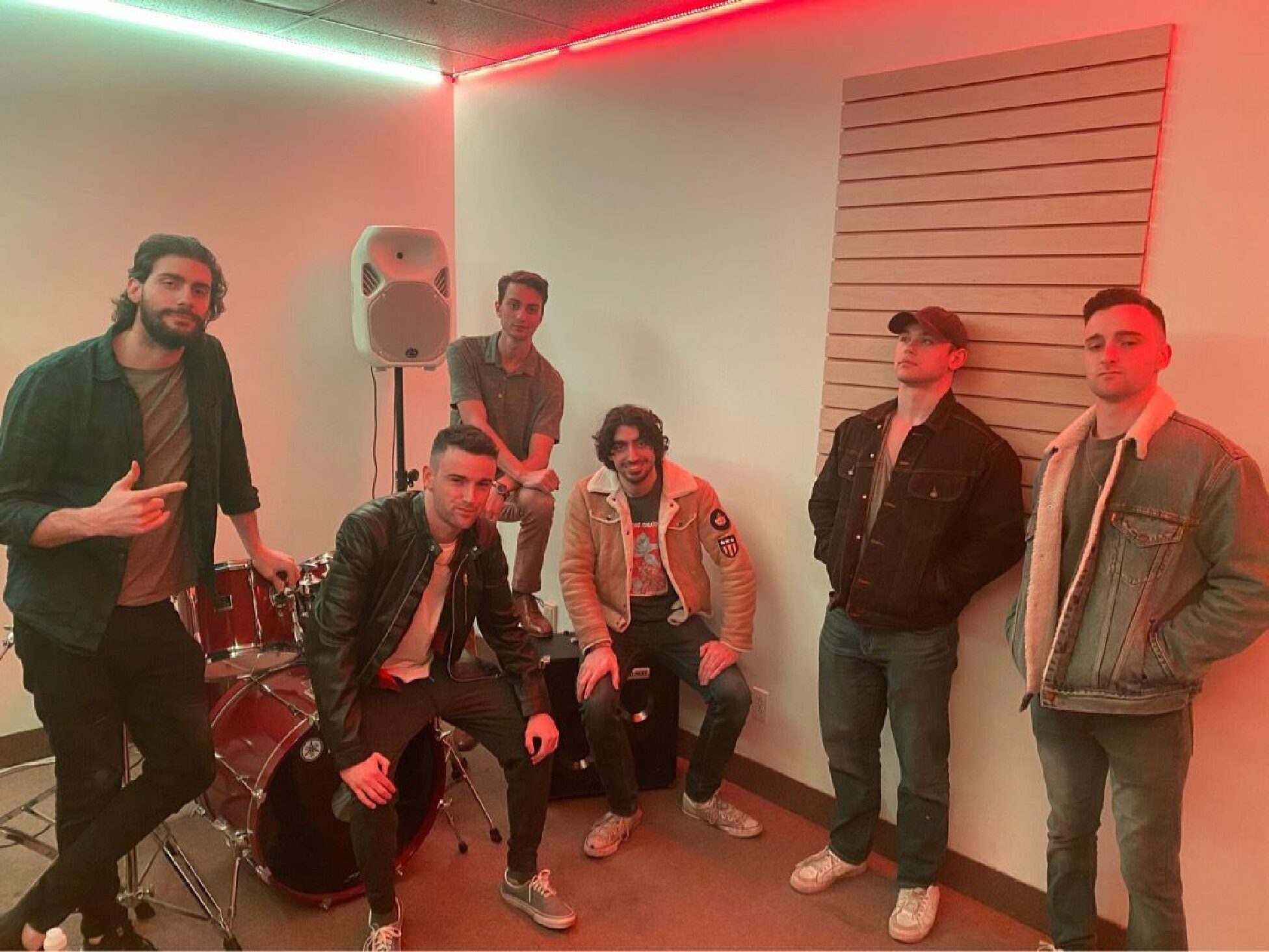Greetings Dudes and Dudettes,
A heated debate has emerged in the world of hip-hop heads in the past few months following Nas’ latest half-decent album Hip Hop Is Dead. Basically, it revolves around this very important existential question: Is hip hop, in fact, dead? There’s a million different ways to answer this which leads to a million more questions and debates.
Of course if you look at the way hip hop culture has breathed air in mediums like graphic design, theatre, and social activism, then its definitely alive and well. It’s also alive through commercial rap (i.e. pop music) but the rebellious, anti-establishment concepts at the root of the culture are nowhere to be seen on the horizon.
We can say it’s also alive through independent, underground artists but too often these guys fall into the cliche of basing their whole style on criticizing commercial rap. And as much as I agree with them, it just makes the music boring and redundant.
So we can say that hip-hop, as pioneered by godfathers Kool Herc and Bambaatta, is, if not dead, definitely on life support. But instead of mourning the departed, let’s take a minute and celebrate the birth of this simple form of expression that has extended its influence to the four corners of the world, from China to Chile.
Here’s a quick history lesson for all of you who know every word to Coolio’s “Gangster’s Paradise” but have never heard Rakim’s “Microphone Fiend.” Hip-Hop’s birthplace is Cedar Park, on the corner of Cedar and Sedwick, in the Soundview Projects of the Bronx, New-York. That’s where DJ Kool Herc, a jamaican-born New-Yorker, would throw park jams and ingenuously decided to buy multiple copies of identical funk records and play doubles of what is known as the “break.” This began in 1973 and led to people developing the very first breakdancing techniques and MC skills.
It’s also when graffiti started popping off in the city but its roots can actually be traced back to WWII when dying soldiers would write next to their death place “So-and-so was here” before their last breath. Within years, Afrika Bambaatta’s creation of electrofunk with the quintessential record “Planet Rock” was the spark that fueled the groundwork for not only hip-hop but also dance, techno, house, and Miami base. It’s interesting to see that Bambaata was heavily influenced by German electro pioneers Kraftwerk who’s 1977 release “Trans-Europe Express” was sampled for the melody of “Planet Rock”. Ironically, two German dudes named Hutter and Schneider played a key part in the development of hip-hop.
Then came Run-DMC, KRS-One, Rakim, Big Daddy Kane, Brand Nubian, A Tribe Called Quest, Geto Boys, Outkast. And then P.Diddy happened. Damn it. But rest assured, even here in Montreal there are plenty of things that would make the pioneers proud of their legacy. In the coming weeks, I’ll make sure to shout out the people that provide ICU to the greatest invention since the wheel. In the meantime, cook up those beats, finesse those rhymes, and let’s make sure hip hop never dies, aiiiiiiiiiiiight.
Babylon Burn Down!
Classic Gems:
– AZ feat Nas: “How Ya LiVin'”
– Fab 5: “Leflaur Leflah Eshkoshka”
– Geto Boys: “Gangsta Boogie”
New Jams:
– Sean Price: “P-Body”
– Styles P: “How We Live”
– Fabolous feat. Lil Wayne: “Diamonds On My Damn Chain.”



